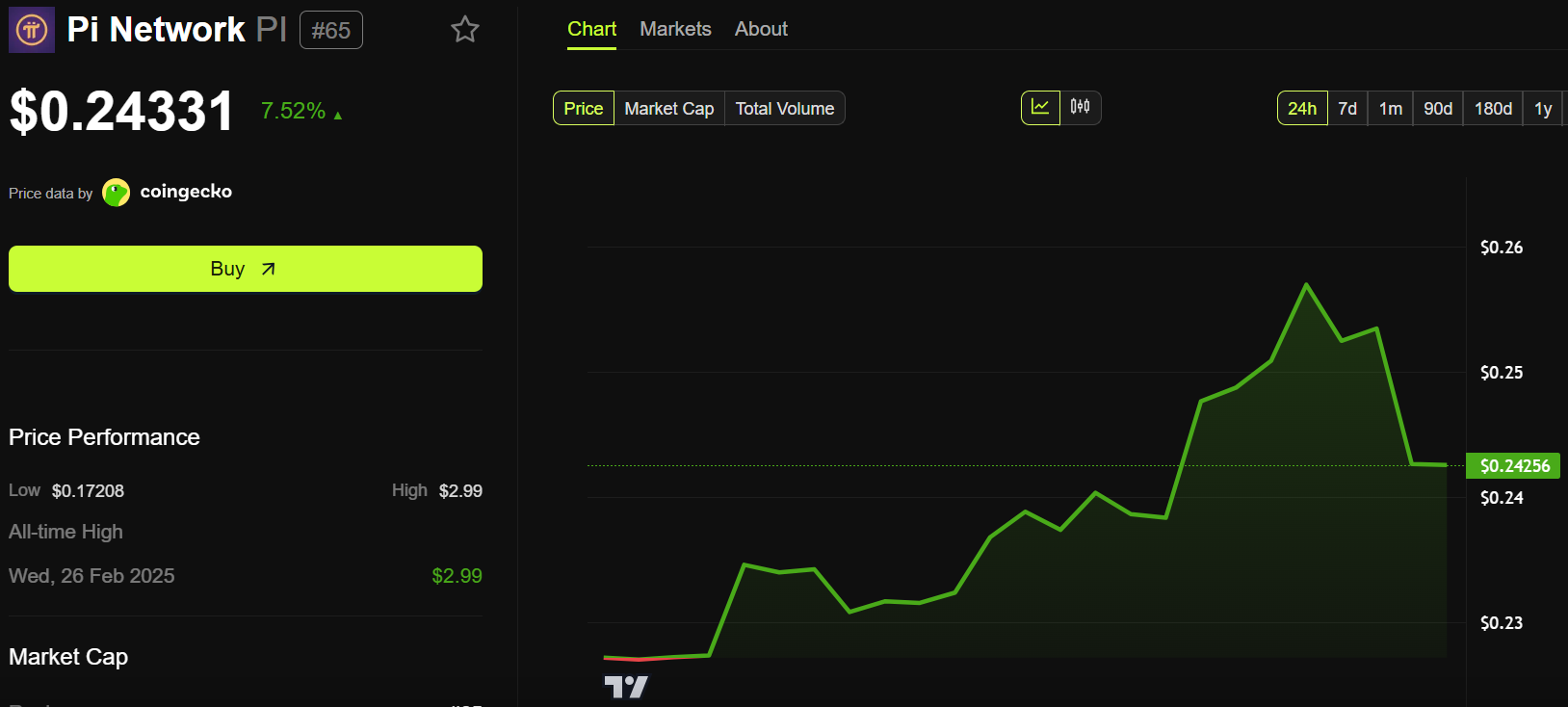In the hushed corridors of digital innovation, Pi Network has unfurled its parchment of compliance, a MiCA-compliant white paper, as if to whisper to Europe: “Behold, we are ready!” This act, though seemingly modest, hints at a grander ambition-a public trading debut in the EU, seven years in the making.
The filing, a bureaucratic sonnet to the European Union, seeks to unlock the gates of the EEA. One imagines the regulators nodding in solemn approval, their mustaches twitching with the thrill of novelty. For Pi Network, this is no mere formality; it is the crescendo of a symphony composed over seven weary years.
Pi Network’s MiCA Compliance and Regulatory Positioning
Behold the October 2025 whitepaper, a document so meticulously crafted it could make a scribe weep. Filed under Regulation (EU) 2023/1114, it is a manifesto of transparency, detailing risk, tokenomics, and technicalities with the precision of a Russian winter. The document declares Pi Network’s intent to join the EU’s crypto-asset pantheon, complete with a start date for public trading-how thrilling!
This is no humble community project anymore, but a blockchain economy in full regalia. The milestones are etched in ink, the stakeholders’ hopes pinned like butterflies to a board. Users, dear souls, now hold their assets via Pi Wallet, private keys clutched like a revolutionary’s last letter. MiCA’s self-custody demands are satisfied, and all is well-or so it seems.
Mark your calendars, for the regulatory dates are etched in stone:
- November 27, 2025: MiCA documentation sees the light of day.
- November 28, 2025: The public offer commences, a grand unveiling.
Pi’s ambitions stretch across Europe, from Germany’s beer-soaked streets to Italy’s pasta-laden tables. Exchanges like OKCoin and OKX, licensed in Malta, will serve as its Trojan horses. The separation of SocialChain and PiBit is as clean as a bureaucrat’s desk-transparency and accountability, served with a side of legal jargon.
Yet, the document reveals a curious truth: Pi avoids supply adjustments, buybacks, or value-protection mechanisms. One might say it’s a crypto asset with the soul of a monk-ascetic, but perhaps admirable.
European Market Access and Institutional Readiness
Pi’s European journey began in August 2025, when the Valour Pi ETP debuted on Sweden’s Spotlight Stock Market. Denominated in Swedish Krona, it charges a 1.9% annual fee-a price for regulated access, much like a toll on a medieval road.
The whitepaper, a pre-listing document par excellence, reads like a thesis on institutional compliance. Risk disclosures, organizational clarity, and technical descriptions abound. One pioneer, a scholar of the blockchain, declared it “a true regulatory filing,” distinguishing Pi from “speculative” rivals. How very superior.
“Pi Network’s alignment with MiCA is a triumph of transparency and a harbinger of global expansion,” they proclaimed, their voice echoing through the digital void. “It sets the stage for legal listings, open mainnets, and trust from institutions. Huzzah!”
MiCA, since 2024, has been the EU’s answer to crypto chaos. The French AMF, ever the vigilant guardian, ensures rules protect consumers and punish the reckless. Compliance, now, is not optional-it is the price of admission to Europe’s glittering exchange halls.
For Pi holders, the filing is a legal lifeline. Tokens, born not from an ICO but from mining and participation, now have a timeline. Secondary liquidity pools and a $100 million venture fund promise growth, though one might question if such sums could buy a decent caviar spread.
And what of the coin’s price? In 24 hours, it leaped 10%, now trading at $0.2433. A mere trifle, perhaps, but enough to make a coffee and dream of a future where blockchain and bureaucracy coexist in uneasy harmony. 🌟
Read More
- EUR CNY PREDICTION
- QNT PREDICTION. QNT cryptocurrency
- LTC PREDICTION. LTC cryptocurrency
- CNY RUB PREDICTION
- SUI PREDICTION. SUI cryptocurrency
- AAVE PREDICTION. AAVE cryptocurrency
- EUR RUB PREDICTION
- GBP EUR PREDICTION
- GBP CNY PREDICTION
- USD TRY PREDICTION
2025-11-20 13:08
